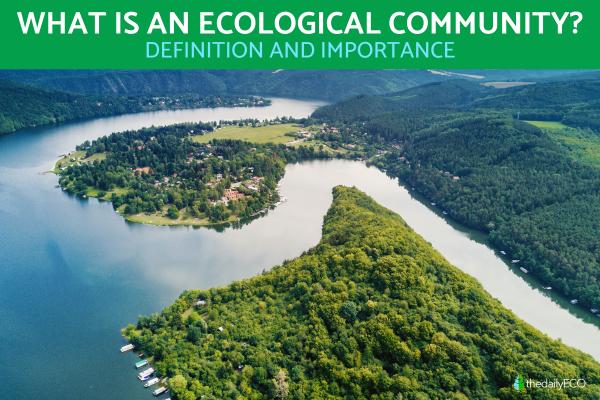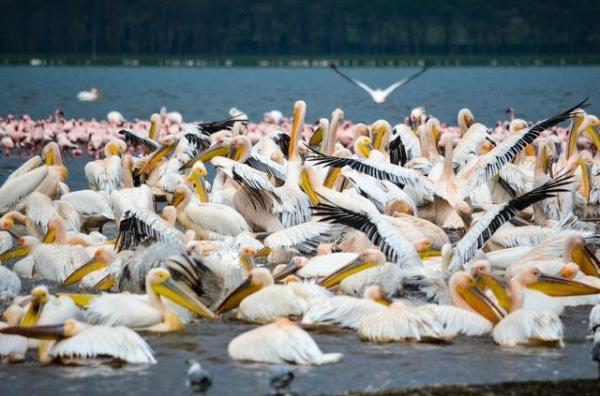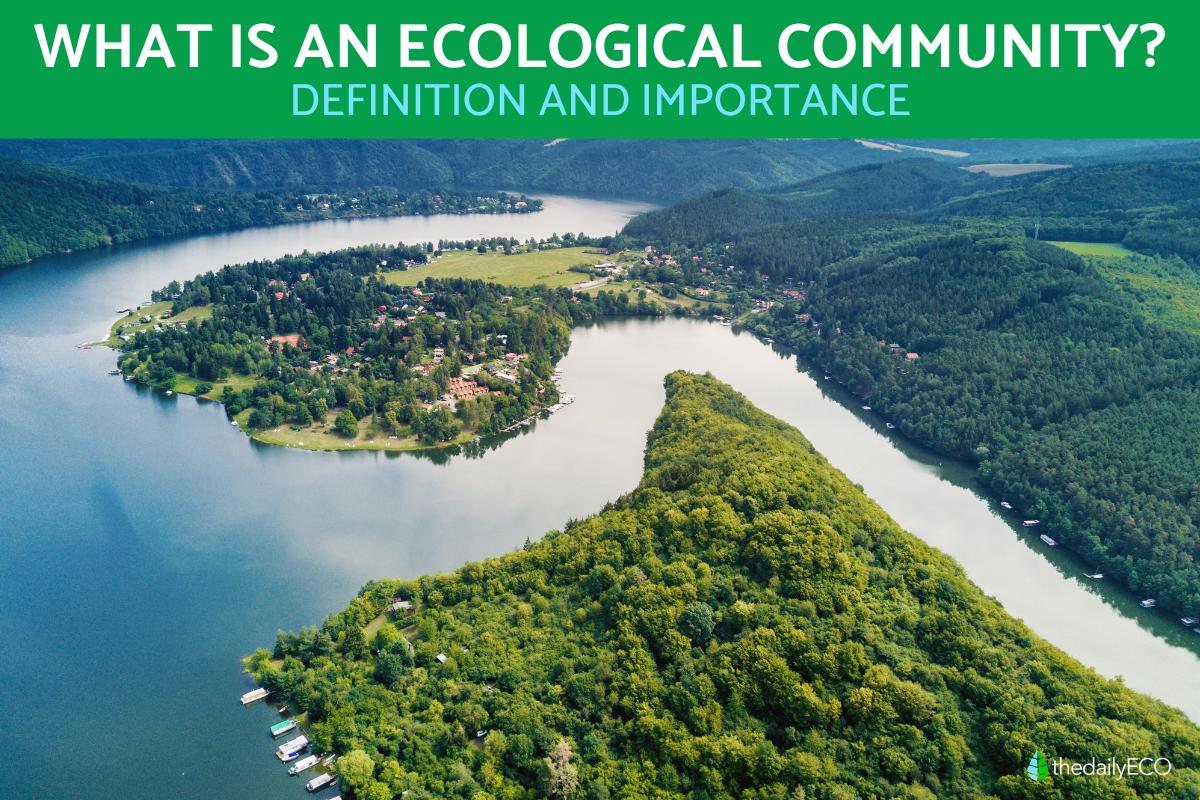What Is an Ecological Community?


An ecological community refers to how different species of organism interact with each other in a given geographic area. It is one of the best ways to define and exemplify the importance of environmental conservation. This is because it highlights the often delicate balance in which nature's ecosystems exist and how even minor disturbances can affect them drastically. While it can be used in a general sense, it is very important to properly identify what is an ecological community? This is why thedailyECO provides a definition, characteristics and examples of conservation of ecological communities in biology.
What is an ecological community and its characteristics?
Also known as biocenosis, biotic community or biological community, an ecological community is most simply defined as the interactions between all of the organisms which inhabit a single space. This place is also known as a biotope. This is very similar to the word habitat, but biotope is more precise. Biotopes can be of varying size and have differing levels of biodiversity. They can even be artificially created or replicated.
Ecological communities are a group of living beings of different species and biological types. This means they include all organisms we study in biology such as plants, animals and fungi, among others. These organisms do not exist in a vacuum, but have a relationship with other organisms. Some organisms interact more than others, but their combine interactions are considered a biocenosis.
In this way, we need to consider biological communities as a whole. It is in doing so that we can see the highest value of its constituent parts in biology. These communities can be home to various ecosystems within them. In fact, we can say that our entire planet Earth is considered on big ecological community.
Characteristics of ecological communities
Ecological communities are a nebulous concept. They involve various ecosystems and can be delimited in many different ways. While the definition we provided is relatively straightforward, we need to look at the characteristics of ecological communities to better understand them:
- Diversity of species: ecological communities have a diversity of species. This includes both individual species and types of organisms, from multicellular to microorganisms.
- Interactions between species: we use the term ecological community because it helps us to understand how organisms interact with each other in a community. The nature of these interactions are incredibly diverse. They include trophic systems, symbiotic relationships, parasitism, commensalism, antagonism and others.
- Ecological succession: it is important to understand that ecological communities are not static. They are in continuing processes of evolution and adaptation. These successive adaptations can be exacerbated by both natural and human influences.
- Resilience: although they can fluctuate and change over many years, ecological communities are resilient. Until life no longer exists, there will be ecological communities.
We have already stated that an ecological community exists within a given geographic area, however big or small. Various ecosystems can exist within them. Discover their nature as we look at the different types of ecosystems.

Why are ecological communities important?
There are many ways we can study and understand living organisms. It is common in biology to look at individual species within their ecosystems as closed and self-defined entities. When we speak of an ecological community, the focus shifts from the individual organism to the relationships it establishes with other organisms within its biotope, i.e. the specific environment in which it lives.
The true value of understanding ecological communities lies in recognizing that individuals within a community survive as part of a whole. It is the network of relationships they form that enables life to persist and thrive within the biotope.
An ecological community reveals the complex web of interactions that exists between different species coexisting in the same habitat. These interactions occur on multiple levels. One of the most important is the trophic chain (i.e. food chain), but it also involves more subtle dynamics. These include the symbiotic relationships between bacteria and animals, the role of certain plants as shelter for animals or the way carnivores regulate herbivore populations to prevent overgrazing and preserve plant life.
The concept that best illustrates the value of ecological communities is balance. Ecological balance refers to a dynamic state in which the system remains stable and orderly, despite constant movement and change. This is precisely what occurs in healthy ecological communities.
Healthy ecological communities are vibrant systems full of biological activity. As all species function in harmony with each other and with the biotope that supports them, the system avoids self-destruction or ecological collapse. This balance supports ongoing and sustainable development, preserving the biodiversity and long-term success of all species involved. In doing so, it ensures the behavior of no single species leads to the downfall of others.
Our related guide explains the difference between biosphere, ecosphere and ecosystem.

Conservation of ecological communities
The species that causes the most harm to ecological communities is humans. Their activity tends to destabilize the balance that characterizes these types of biological communities. By changing the way we relate to the world's ecological communities and viewing the Earth's well-being holistically, we can minimize the negative impact of humans on ecological communities of any kind.
Various guidelines have been established to help protect our ecological communities, but they are currently insufficient to stop the harm to our ecological communities. These include the increasing negative effects of climate change. Some fundamental conservation methods include the following:
Avoid overexploitation
Overexploitation is defined as the exploitation of natural resources beyond the capacity of the ecosystem. Responsible resource exploitation protects the ecological community that depends on them.
Avoid overcrowding
In a deeper sense, any overexploitation is usually underpinned by overpopulation. Humans are experts at this. It's important to recognize that the natural resources of any ecosystem are limited. Therefore, it's important to avoid situations of overpopulation which will necessarily lead to the depletion of nonrenewable natural resources.
Prevent the introduction of invasive species
Every ecological community has formed over thousands or millions of years of evolution that have led to its current equilibrium. The introduction of new biological agents (microbes, plants, animals, etc.) tends to destabilize any ecological community. It is important to prevent the introduction of invasive species into other ecological communities.
Create protected areas of high biological value
Not all ecological communities are equal. Those with a greater number of species are considered more important than those with fewer. These native species not found elsewhere. Some communities require greater protection than those where the biological richness is not as special and unique. The best way to protect these biological communities is to isolate them from certain human activities, which is achieved by designating protected areas.
Learn more about the negative impacts on our ecological communities with our article on examples of environmental degradation.
If you want to read similar articles to What Is an Ecological Community?, we recommend you visit our Society and culture category.







